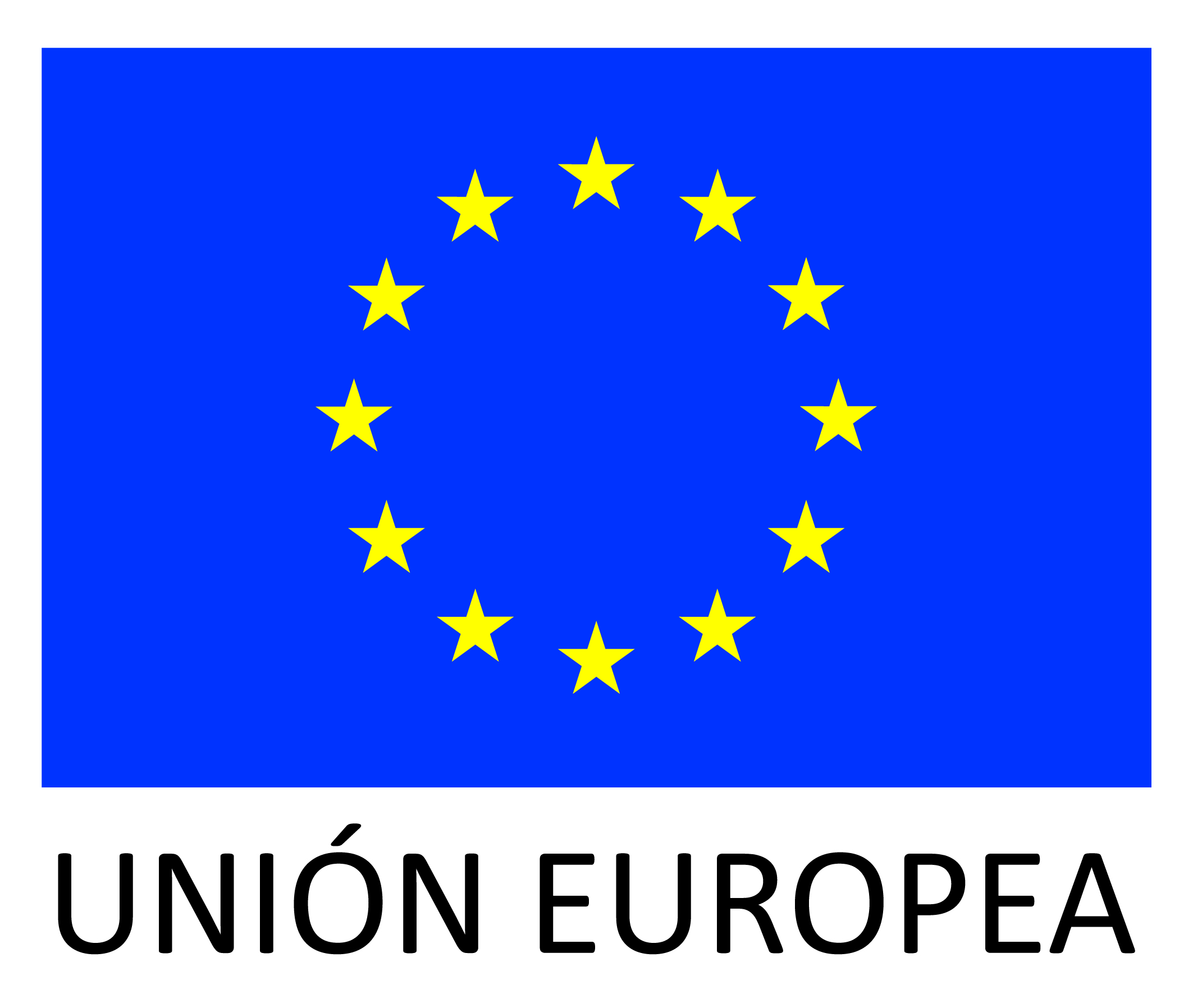As a university student there comes a time when you start to explore the world of work and you realise that you need to know how to make a CV. That letter of introduction that will allow you to get those internships you want so much or even your first job.
That’s why Unihabit will explain step by step how to make a CV that stands out from other candidates, even if you don’t have any work experience. In addition, you will also find some tips and tricks in this blog to catch the attention of recruiters.
How to make a CV, what is it for?
Knowing how to make a good CV is essential to start your professional career in the world of work. A CV allows you to show companies and recruiters your academic training, work experience (if you have any), skills, extra courses, voluntary work, etc. In short, it is a letter of introduction that establishes a first contact between you and the company.
Just like you, there are many university students wanting to find a place in the job market. The vast majority of these students will probably have the same studies as you, which is why you will have to differentiate yourself and know how to make a CV.
Here are 5 tips that we at Unihabit offer you on how to make a CV after university.

Tips on how to make a CV after university
Digitise your curriculum vitae (CV)
Nowadays, having a digitised CV is essential, as it will allow you to send it by email, attach it to different employment platforms, etc. In addition, being present on employment platforms such as Linkedin with an updated profile and CV can also be a great potential factor in the active job search.

Clean and clear curriculum design
Having a resume with a clean and simple design is the basis. Structure your CV in sections to make it easier to read and help recruiters find the most relevant information quickly.
On the other hand, you should keep in mind that when sending your CV the best format is PDF, as it is very easy to use, simple, convenient and guarantees to maintain the quality of the design. This format will allow you to quickly upload the file to job search platforms, send it by email, etc.
Prioritise important information
In a CV it is very important to highlight your academic background and work experience, if you have any. If you have little or no work experience, it is very important to highlight academic achievements, relevant projects, volunteering, extra courses, extracurricular activities. You can also highlight acquired skills such as teamwork, problem solving, computer skills, editing skills, etc.
Customise your CV for every opportunity
Despite having a basic CV, it is highly recommended that you adapt it according to the job offer or internship you are applying for. Enhance and highlight the most relevant information or skills for each position. This way, you will demonstrate your interest in the company and that your profile matches what they are looking for.
Complete your CV with visual appeal
Presenting a visually attractive CV is also a key factor in order to be liked by the company’s recruiters. Whether you have mastered design or not, you have at your fingertips digital tools with very attractive templates that will allow you to create an attractive and original CV that stands out from the rest.

Differentiating elements to present a good CV
Well, now that you know the main steps to know how to make a CV and start designing yours, it is very important that you know other elements that will help you to differentiate yourself from the rest of the students in your situation.
The portfolio
The portfolio is usually attached for artistic or at least visual projects. It lists the work you have done in the past, accompanied by a brief explanation of the project. The aim is that the company can get an idea of your way of working, tastes and style.
The letter of introduction
This document always accompanies the CV and its purpose is to attract the attention of the section manager. We recommend that you avoid the classic letters and look for an original touch, which will make it easier for the recruiter to read, as he/she will probably read many more letters along with yours.

At the beginning of the letter you should include your personal details and those of the company. In this first part you should include the reference of the offer if you have one. The subsequent information should be divided into three paragraphs.
In the first paragraph, you should include information about the position you are applying for and some comments about the company. Then, in the second paragraph, you should highlight the training and experience you have in relation to the position. Finally, the third and last paragraph contains the objectives you hope to achieve from this first contact. This could be an interview or being present for future vacancies, among others.
Finally, a cover letter should have a signature on the right-hand side of the page and a formal farewell, such as: ‘awaiting your news’ or ‘Yours faithfully’.
The letter of recommendation
The letter of recommendation is a document signed by a person in a senior position within the current job or a head of an educational institution. This document acknowledges the skills, personal and professional and technical abilities of a person seeking a new job and is signed by the person in charge.
Now that you know how to make a CV as a university student, it’s time to get down to work!
If you are looking for job opportunities or internships while you finish your university studies and you need accommodation, do not hesitate to contact our Unihabit residence halls where you will find all kinds of comforts. You can contact us through our e-mail info@unihabit.com, or call us at 935 953 953 953 or 608 608 829.





